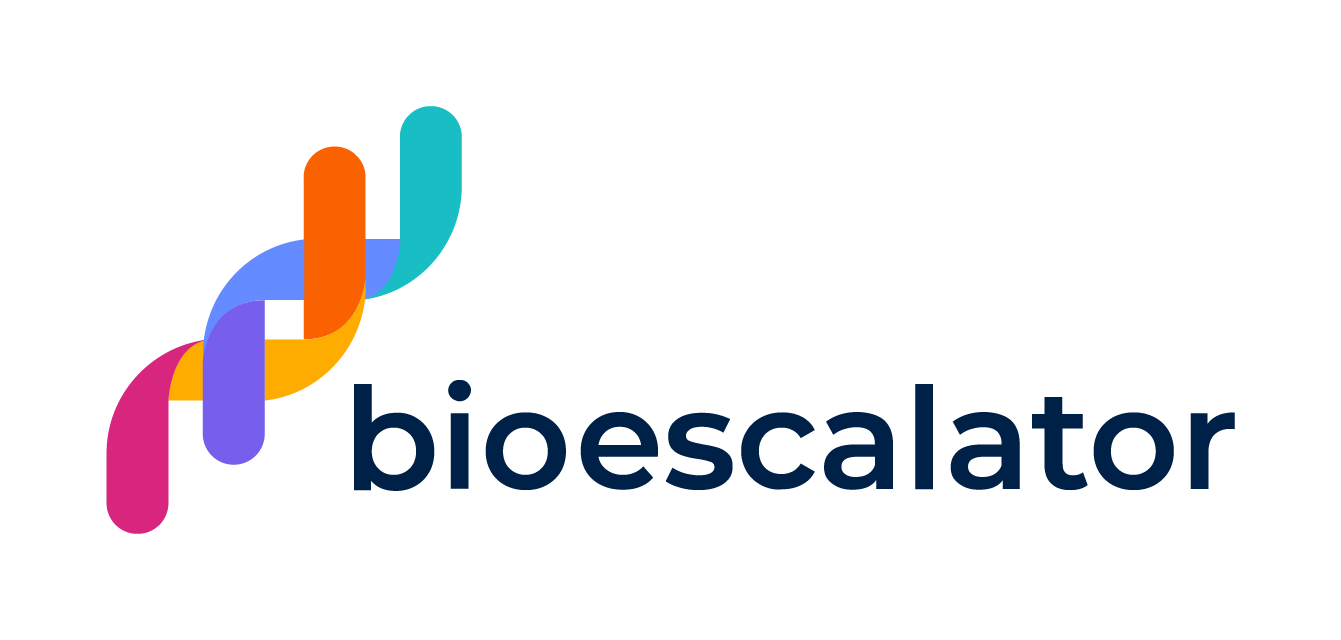OBN ITAG’s Budget 2024 Commentary
The recent budget has attracted much attention in the media and here we take a look through the OBN-members’ interests lens. It was a high tax budget. The tax burden as a share of GDP is now on course to jump from 36.4% this year to 38.2% by 2030 – its highest level since comparable records began in 1948 (when our country was recovering from a crippling six year conflict).
Skilful conditioning through the consistent it’s going to hurt messaging meant that, on the whole, the UK life sciences sector was broadly relieved, possibly positive even. Undoubtedly the macro environment of the Department of Science, Innovation and Technology’s increased Treasury funding and the downward flow into life sciences is welcome. The Invest 2035 green paper specifically cites life sciences as a target sector to fuel that nation’s growth and that is welcome.
The highly contentious, but perhaps inevitable, taxation on employers through the eNICs rise hurts SMEs. The increase from 13.8% to 15% charge for employers has been the main headline but the reduction in threshold when the NIC becomes payable represents a double-whammy cost for small businesses. Only micro-businesses will be buffered by the increased allowance. Our sector is skilled and so the salaries for those best people are higher than the UK national average wage. As such the impact for SMEs will be high and already members have reacted by reducing employment expansion plans due to the increased costs (and faster cash-runway burn rates).
Collectively, our Investment and Tax Advisory Group rated the Budget as better than expected. Read below for our Investment and Tax Advisory Group’s expert assessment of the budget impact on UK life sciences over the next year along with ITAG’s Chair Shawn Manning’s longer term outlook that gives business leaders visibility of some of the potential challenges for our sector. The analysis is split into the positive, neutral and negative impact of the budget and these are all relative to the status quo prior to the Chancellor’s autumn statement…and this is all before the Trump effect is factored in!
Budget Summary
Positive changes
- Public R&D investment increased marginally to a record £20.4 billion earmarked for 2025-26 (including Horizon – see below)
- DSIT budget from the Treasury increased to a record £13.9bn & core R&D funding increased to £6.1bn. The Chancellor said this included funding for biotechnology and medical science through the research councils. This doesn’t include Innovate UK
- Over £1 billion across 2024-25 and 2025-26 made available for the British Business Bank to enhance access to finance for smaller businesses (including £200m Life Sciences Investment Programme)
- Enhanced support for life sciences clusters (including the recently announced £500m investment from US-based Prologis for the Cambridge Biomedical Campus)
- Up to £520m Life Sciences Innovative Manufacturing Fund (£70 million in grants available next year with the balance through 2026-2030). It is hoped that the Fund will unlock up to £1.8bn of private investment.
- Spin-Out Review Proof of Concept Fund of £40m over five years
- Budget to be an annual event (allowing better planning)
Neutral (i.e. unchanged)
- East-West rail project to connect Oxford to Cambridge via Milton Keynes, with the Oxford-Bedford service in place by 2030 (although the Chancellor notably failed to commit to the Bedford-Cambridge leg with a date)
- Enterprise Investment Scheme (EIS) and Venture Capital Trusts (VCT) to be maintained until 2035
- R&D Tax Credits scheme rates to be maintained (but HMRC’s investment in compliance staff could still pose unwelcome challenges & delays in claims)
- Patent box retained at a 10% tax rate on patent-related profits (a key tax buffer for R&D intensive companies with IP)
- Corporation Tax maintained plus a Corporate Tax Roadmap (citing a high appetite for policy stability allowing companies to plan longer-term)
- UK’s membership to Horizon Europe to be fully funded (allowing access to £80bn of R&D funding)
Negative changes
- Increase in employers’ NICs (from 13.8 to 15%) and the lowering of the threshold means the average annual wage of £32.7K would see employers pay extra £900/employee. Whilst the increase in Employers’ Allowance from £5,000 to £10,200 annually will help micro-companies, this is more than offset by the increased costs for the vast majority of R&D SMEs
- Business Property Relief (along with Agricultural Property Relief) will be capped at £1M with a 20% on values in excess of the cap. In tandem the rate of relief on shares designated as not listed (eg AIM) will be reduced to 50% and on ALL value (not just in excess of the £1M cap)
- The Government produced its responses to the consultation on the tax of Employee Ownership Trusts (EOTs), together with draft legislation, restricting tenure of ownership, residency, fair market value of shares and extension of the clawback period of up to four years.
The longer term outlook
Although there was relief that the Budget was not as bad as it could have been, in terms of the impact on the UK life science industry and those that invest in it, the mid- to longer-term mood music remains ominous, particularly following a Trump election. For the moment increases in spending, together with the ‘nailed on’ November 0.25% interest cut have boosted the Bank of England’s one year quarterly growth forecasts by nearly 90% (1.7% versus 0.9%). However, despite this short-term optimism, there remain a number of longer-term concerns for the UK economy, with a target interest rate of 2% now looking increasingly far away if, given future challenges to the economy, at all achievable.
UK government expectations of tax-based revenue may well prove over-optimistic in the face of policies that increase the cost of employment for SMEs, look likely to stall wage growth, and may disincentivise entrepreneurship. Equally alarmingly, the Bank of England, together with the UK Capital markets, have noted that the budget will almost certainly result in an increase in consumer prices (BoE has stated that higher bus fare caps and the VAT charge on private education will push up the consumer price index (CPI) by 20% over the next year). A stall in wage growth will likely exacerbate this. Since the Budget was announced, and with this in mind, the OBR has subsequently cut it’s GDP growth forecasts by 10% and 17% in 2026 and 2027 respectively.
Against a background of lower than anticipated economic growth, lower than expected tax revenues and an increasing demand for spending elsewhere (particularly the NHS and defence ), an increase in Government borrowing, and subsequent increase in inflation, may be unavoidable. Additional increases in tax (targeted at companies and/or ‘non-working people’ – see below) would likely accompany this borrowing.
With respect to global trade, the lack of a non-partisan approach by the UK Government looks likely to have damaged the Special Relationship ahead of the Trump victory, and likely alienated the UK with respect to the potential to reignite discussions on a UK-US trade deal. The US, in addition to being the world’s largest healthcare and pharmaceutical market, is the UK’s biggest single trade partner (currently worth > £300bn annually), and such a deal would have likely reduced the expected negative impact of US trade tariffs (expected to be at least 10%) on the UK economy. Whilst the Trump victory has led to a record surge in the US stock market, additional UK GDP growth forecast cuts (c -12.5%) are already being factored-in by US and European banks following US election results. Furthermore, likely US demands for non-US subsidised European defence spending of 3% GDP would demand a significant 30% increase in the UK defence budget, currently not factored into Budget calculations. Again, against this background, the necessity for increased borrowing by the UK government looks likely.
These prospects may present real challenges for both the Government and the UK life science industry, despite the significant sums ear-marked for supporting the sector’s infrastructure. As evidenced over the last few years, the prospect of an increase in interest rates will disincentivise the equity (and IPO markets) in favour of debt, and lower risk equity investments. These potential hurdles emphasise the importance of the Government successfully executing it’s plans for a National Wealth Fund and related Pensions Review, which may facilitate new sources of equity-based finance for growing companies. Scandinavian state funds have historically provided essential support for both growing, and more established, life science companies, and can compensate, to some extent, for lack of investment interest by more traditional, non-state owned funds. In France, state backed funding is a commonplace occurrence, although admittedly not without its problems.
Critically, the cost of running a life science business is now set to increase, whilst consumer price increases will likely negatively impact salaries. With this downside scenario in mind, the importance of R&D tax rebates, which the Government has recommitted to will become a critical component of managing the cost of commercial life science development. Similarly the provision of innovation funding will become an essential aid for smaller companies seeking to kick-start a programme, or bridge the later-stage valley of death. We look forward to viewing more detailed plans as to the precise quantum of funding for commercial R&D, and some insight into the accessibility, timing and deployment of these funds.
Another concern will be the substantial tariff hurdles impacting sales to the world’s largest healthcare and pharmaceutical market (the US). To some extent these may negate the benefits of the proposed £520m Life Sciences Innovative Manufacturing Fund, although alternative access strategies (M&A; establishment of US facilities) will likely be increasingly deployed to best facilitate UK company access to the US market and secure the foundations of UK/US commercial cooperation and collaboration.
Given the requirement for more experienced management in the UK sector, another concern is that a great many life science entrepreneurs, and more seasoned (ex-pharma industry) executives who contribute to the industry, may fall outside of what the Government defines as a working person, and would likely be impacted by future targeted tax increases. The industry may need to re-examine renumeration for UK-based executives, ensuring that management and employees are not over-duly exposed, with packages that are competitive with overseas opportunities in terms of both salary, career development and support for families. Appropriate incentives will be essential if the UK wishes to cultivate and maintain effective and successful leaders.
Capital flight, in the form of both domestic and international investors, could well become a barrier to effective funding, in terms of institutional, family office, or VC/PE-facilitated investments by Limited Partners, including those that are non-domiciled. It is to be hoped that the measures taken by the Government to support life sciences, via funding, tax credits, and manufacturing support are sufficient to create an industry that is perceived as ‘lower risk’ versus European or US peers. The National Wealth Fund and related Pensions Review may well contribute to this.
Failure to rapidly address the likely downside consequences of the Budget could have significant adverse consequences for the UK sector. This would be a bitter pill to swallow, particularly following a highly successful 2024, with the highest historical level of investment in UK life sciences to date.
Shawn Manning
ITAG Chair
If you want to learn more about ITAG then click here.





